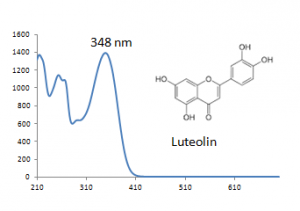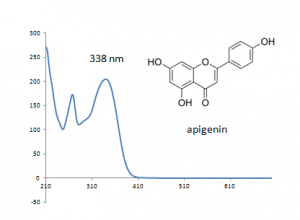Difference between revisions of "Desert Poplar (Populus pruinosa) LC"
(Created page with "thumb|Desert Polar tree == Description == Desert Poplar, 胡杨, (''Populus euphratica'')is a medium-sized deciduous tree. It may grow to a height ...") |
|||
| Line 3: | Line 3: | ||
== Description == | == Description == | ||
| − | Desert Poplar, | + | Desert Poplar, 灰胡杨, (''Populus pruinosa'')is a medium-sized deciduous tree. The tree grows up to 10(-20) m tall. The bark has grayish yellow color. It naturally grows in Central and Southwestern Asia, including Western China, [1] |
| + | == Historical importance == | ||
| − | |||
| − | |||
| − | |||
== Summary of results == | == Summary of results == | ||
| Line 61: | Line 59: | ||
== References == | == References == | ||
| − | [1] | + | [1] Flora of China, efloras.org ''Populus pruinosa'' http://www.efloras.org/florataxon.aspx?flora_id=2&taxon_id=200005695 |
[2] | [2] | ||
[3] | [3] | ||
Revision as of 10:59, 5 September 2017
Description
Desert Poplar, 灰胡杨, (Populus pruinosa)is a medium-sized deciduous tree. The tree grows up to 10(-20) m tall. The bark has grayish yellow color. It naturally grows in Central and Southwestern Asia, including Western China, [1]
Historical importance
Summary of results
Multiple flavonoids, luteolin, apigenin, chrysoeriol and their glycosides were identified from desert poplar dyed wool samples.
Comments: • Acid hydrolysis showed significant amounts of flavone glycosides, probably luteolin and chrysoeriol glucuronides, which are known to be resistant to acid hydrolysis, as well as luteolin and chrysoeriol. • Other methylated derivatives of luteolin may also be present.
Analytical instrumentation and procedures
Chromatograms
Sample information
Identified compounds
| Compound | RT (min.) | MW | UV/vis | Other |
|---|---|---|---|---|
| Luteolin | 35.7 | 286 | 348 | |
| Apigenin | 39.2 | 270 | 338 |
References
[1] Flora of China, efloras.org Populus pruinosa http://www.efloras.org/florataxon.aspx?flora_id=2&taxon_id=200005695 [2] [3]





